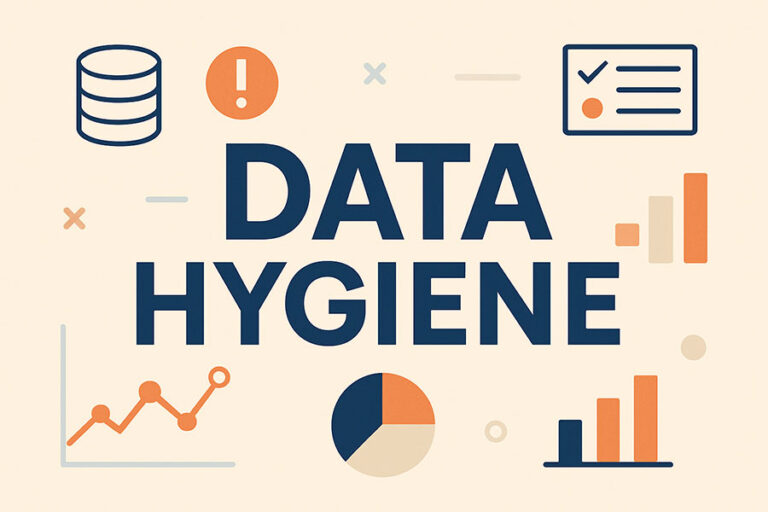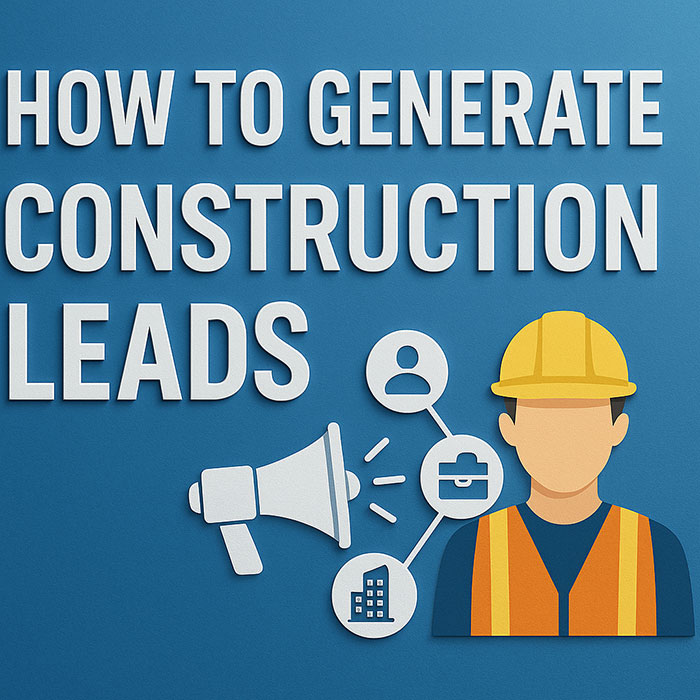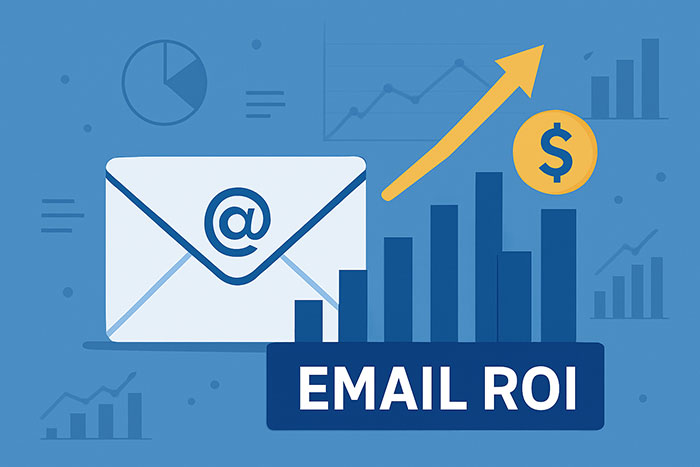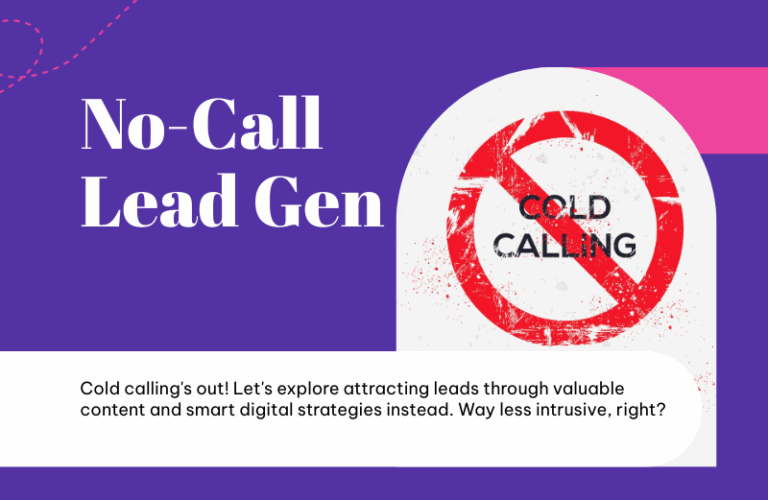
The Internet has caused traditional marketing strategies such as direct mail, advertisements, and cold calls to become less effective over the last 20 years. B2B marketers have shifted marketing dollars to digital channels, which calls for more strategic ways of doing business. Sales funnels are also getting longer and more elaborate, and the B2B customer has evolved and become more proactive and less receptive to intrusive communication. All these developments call for a new approach to business marketing.
Growing global competition and more informed customers make it harder to win over new customers. B2B marketers have more work cut out to bring in clients and build a stable sales cycle. One report shows that 98% of website visitors aren’t ready to buy, highlighting the challenge you face as a marketer.
B2B lead generation is necessary to help your business attract a consistent flow of prospects into the sales funnel. A recent survey shows 61% of marketers consider generating traffic and leads as their top challenge.
To overcome this challenge, you need a lead generation strategy. This post explores what B2B lead generation is, what it constitutes, and looks at tips to help you create the best plan.

Understanding Lead Generation
It’s important to understand what lead generation entails before building a strategy. B2B lead generation is a process through which you first attract prospects to learn more about your products and services and then guide them through the sales funnel, with the end goal being converting them into customers.
A sales funnel is the marketing term for the journey potential customers go through to make a purchase. There are generally three stages to a sales funnel, usually known as the top, middle, and bottom of the funnel. However, these stages may vary depending on a company’s sales model.
Let’s take a look at an example of lead generation. You create a company website and want website visitors to become customers. You optimize your website for search engines so that potential customers can first find your site. Search engine results are your first connection and hopefully you appear on page one in the top positions which have the highest click-thru-rates. To learn more about your website visitors, you provide an informative white paper on your website, which requires the visitor to fill out a form with basic contact information to view the white paper. With the proper nurturing of this contact information received, you could turn this website visitor into a potential long-term customer.
Customers have become increasingly complex and sophisticated, and they know much more about your products and services before you even engage with them. This necessitates careful nurturing by both the marketing team and the sales team to ensure they don’t lose interest along the way by providing useful and engaging content about your products and services, with a personal touch.
Building a Lead Generation Strategy
While marketers agree on the importance of lead generation, many still get it wrong. One of the weak links in B2B marketing is the lack of quality leads, which can debilitate the business.
If marketers don’t supply good leads to the sales team, the sales will go down, and in turn, revenues will fall. Ultimately, the business’s survival is at risk, which is why this process requires a clear-cut plan.
A solid lead gen strategy includes the objectives and tactics you intend to use to attract qualified leads and convert them. Here are five aspects to consider:
- Lead capture: Most likely, your website visitors will never return, and you have to find a way to collect some information about them. An email address is an asset to a B2B marketer, and you can capture it through form opt-in methods.
- Lead magnets: Lead magnets are tools that provide value to prospects in exchange for crucial contact information. Examples of lead magnets include training videos, eBooks, white papers, bonus tips, guides/reports, handouts/cheat sheets, tool kits, software downloads, free shipping, free trial offers, etc.
- Lead generation landing page: This is an invaluable asset if you’re looking for a quick way to garner conversions. It includes attractive offers that allow you to collect contact information.
- Lead qualifying: Lead qualification helps you determine how likely it is for your lead to buy. It includes lead scoring, using tactics such as BANT (Budget, Authority, Need, Timeline) qualification framework, surveys, clear price point, asking qualifying questions, etc.
- Lead segmentation: All leads are not equal. You need to classify them according to specific information such as lead scores, business size, and type of lead magnet that attracted them, stage in the sales funnel, among other factors.
Effective Ideas for your B2B Lead Generation Strategy
Research shows that inbound marketing tactics work best for lead generation. Some of the ideas to implement include:
- Using gated content: This is content available to users only after filling a form. You can offer reports, online tools, courses, guides, white papers for this lead generation tactic.
- Use irresistible opt-in opportunities: From webinars, free reports, live demos, exclusive video training to PDFs of your blogs, there are many opt-in opportunities to utilize. Make these offers visible.
- Regular testing: Always test all aspects of your website and content to gauge effectiveness. This allows you to tweak and get better conversion rates.
- Invest in an awesome landing page: Make your landing page attractive and present an offer with a straightforward call to action (CTA).
- Improve your offers: Avoid giving what everyone is giving out in your industry. You can improve your offer and stand out from the crowd. Redefine coupons, discounts, and free trials by personalizing them or making them more valuable.
- Harness the power of social: You should optimize your social network profile to promote your lead magnets. This is where many customers reside these days, and they will take note of your social profile.
- Remarketing is crucial: If a visitor had shown some interest, they can still become a lead and eventually a paying customer. Google Ads remarketing is a simple way to boost your B2B lead generation by keeping the brand top-of-mind and redirecting the visitors back.
- Segmented email campaigns: Send personalized messages based on customer engagement
Final Thoughts
If you want to enjoy serious growth in the challenging B2B operating environment, you need to upgrade your lead generation efforts. It’s not just about getting traffic to your website or other platforms. This is where the hard work starts, and you need a solid and innovative strategy to get things going from here. These lead generation strategies are a springboard to get you started.



